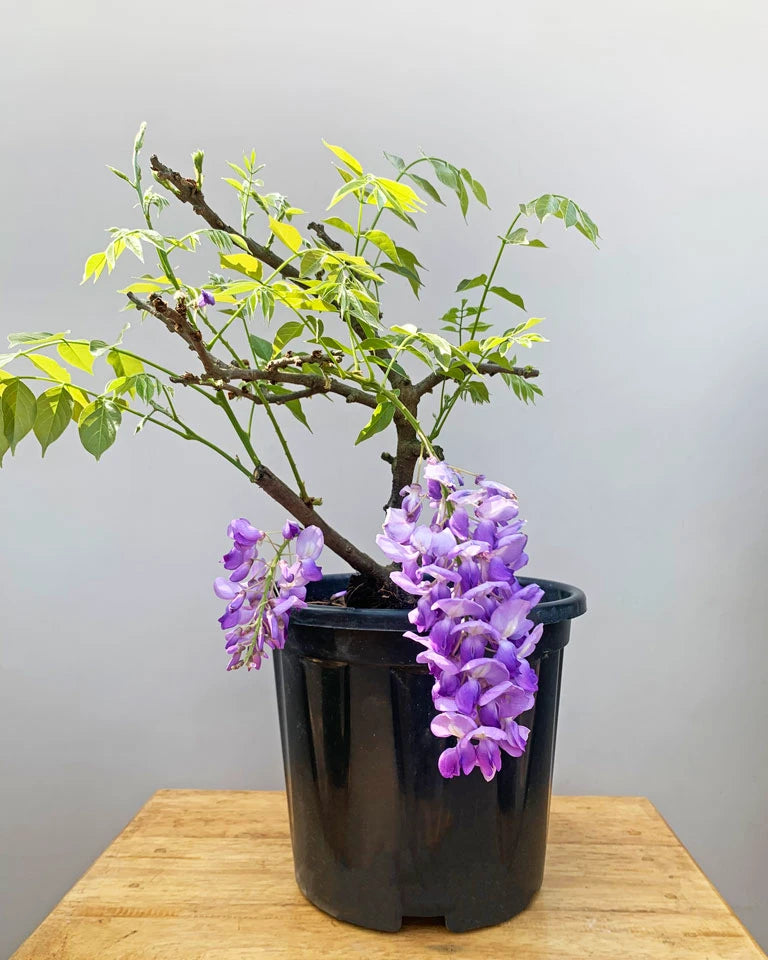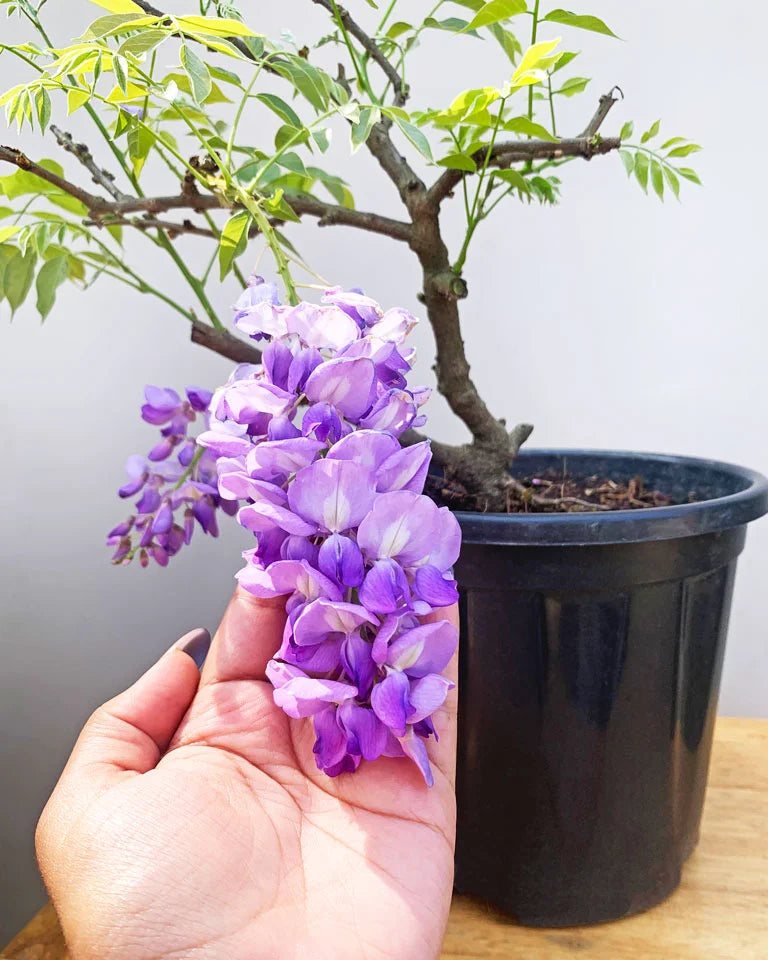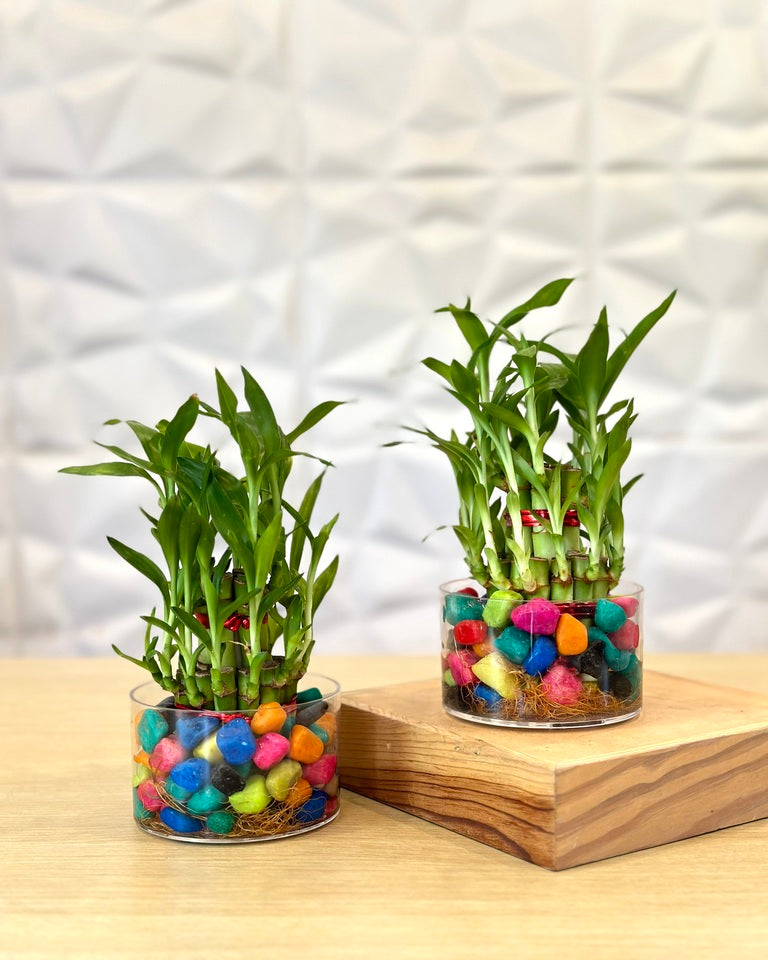
Mealybugs in Indoor Plants: How to Identify, Treat, and Prevent Them

Mealybugs might look harmless at first glance with their cotton-like appearance, but these little pests can be devastating for your indoor plant collection if not dealt with swiftly. In this blog, we’re diving deep into what mealybugs are, how they affect your plants, signs of infestation, and course, effective methods to get rid of and prevent them.

What Are Mealybugs?
Mealybugs are tiny, soft-bodied insects that often appear as white, cottony clusters on plant surfaces. They are usually between 1/20 to 1/5 inch long, with oval, segmented bodies covered in a white, waxy coating. These pests thrive in warm, humid environments—exactly what most indoor plants love, making houseplants their ideal target.
Where You’ll Find Them
They usually hide in plant crevices, leaf joints, the undersides of leaves, and around root zones. Mealybugs in plants suck sap from the plant tissues, draining vital nutrients and weakening the plant over time.

Life Cycle of a Mealybug
Understanding mealybugs' life cycles is crucial for effective management. They reproduce quickly and in large numbers, making controlling them a challenge.
Stages of the Mealybug Life Cycle
-
Eggs: Laid in cottony sacs, usually hidden in crevices. One female can lay 300–600 eggs.
-
Nymphs: These tiny, crawler-stage bugs emerge from eggs and start feeding immediately.
-
Adults: They resemble nymphs but are larger and more wax-covered. Females continue the cycle by laying more eggs.
-
Sterile Males: Some species produce winged males who don’t feed or live long; their only job is to mate.
In favourable conditions, the entire cycle can be completed in as little as 2 weeks, leading to a rapid population explosion.
Signs of a Mealybug Infestation
You might not notice mealybugs at first, but over time, their damage becomes visible. Here's how to spot them:
1. White Cotton-Like Clusters
Look closely at the leaf joints and undersides of your plant leaves. Mealybugs often form fluffy white clusters, especially in hidden areas.
2. Sticky Leaves and Surfaces
Mealybugs excrete a sticky substance called honeydew, which can coat leaves and surfaces, attracting ants and leading to black sooty mold.
3. Wilting, Yellowing, or Dropping Leaves
Because mealybugs in plants suck the sap, your plant might show signs like stunted growth, wilting, or yellowing leaves. In advanced cases, flowers or fruits may fall off.
4. Ants Crawling Around the Plant
Ants are often seen farming mealybugs for the sweet honeydew. If ants are unusually active around a plant, mealybugs may be hiding nearby.

Plants Commonly Affected by Mealybugs
Some plants are more prone to infestations due to their soft, succulent tissues. These include:
-
Succulents like Echeveria and Jade Plant
-
Ferns such as Boston Fern
-
Flowering plants like Hibiscus, Roses, and Ixora
-
Houseplants like Aglaonema, Spider Plants, Fiddle Leaf Fig, and Rubber Plant
-
Fruit-bearing indoor plants like Citrus and Figs
How to Get Rid of Mealybugs
The faster you act, the easier it is to get rid of these pests. Here's a step-by-step guide:
Step 1: Inspect and Isolate
Carefully check all your plants. Isolate any infested ones immediately to prevent the bugs from spreading. If the infestation is heavy and damage is extensive, you may need to discard the plant.
Step 2: Neem Oil Spray
Neem oil disrupts mealybug reproduction and feeding. Mix 1 tsp of neem oil with 1 tsp mild dish soap in 1 liter of water. Spray the plant thoroughly, especially under leaves and stems. Repeat every 5–7 days.
Step 3: Insecticidal Soap
These are gentle, ready-to-use sprays that can suffocate mealybugs. They’re safe for indoor use and don’t harm most plants.
Step 4: Professional Pest Control (If Needed)
If all else fails, consider reaching out to a pest control expert. Some infestations may require chemical intervention, but this should be a last resort.
How to Prevent Mealybugs in Indoor Plants
Once you’ve cleared your plants of mealybugs, prevention becomes the most important step.
1. Routine Inspections
Check your plants weekly, especially after bringing home a new one. Inspect leaf joints, undersides, and near the soil line. Regular inspection can prevent the re-emergence of mealybugs in plants.
2. Isolate New Plants
Quarantine any new plant for at least two weeks before placing it near others. This gives you time to catch any signs of pests.
3. Avoid Overwatering and Over-Fertilizing
Too much water and fertilizer can weaken plants and make them more susceptible. Stick to a consistent care routine.
4. Clean Tools and Pots
Disinfect your gardening tools and reuse pots only after cleaning them properly to avoid spreading any hidden eggs or bugs.
5. Use Sticky Traps
Place yellow or blue sticky traps near your plants to catch flying or crawling pests before they settle.
6. Introduce Beneficial Insects (For Outdoor Plants)
Ladybugs, lacewings, and parasitic wasps are natural predators of mealybugs. If your indoor plants spend time outside, consider releasing some of these helpful insects.
Final Thoughts
Dealing with mealybugs can be a pain, but with vigilance and the right tools, you can protect your indoor jungle. Prevention is always better than a cure, so make regular plant inspections part of your plant care routine. If you ever spot the early signs of those fuzzy white bugs, now you know exactly what to do to show them the door!
Keep your green babies safe, thriving, and pest-free. 🌱
FAQs
Q1: Are mealybugs harmful to humans?
No, mealybugs are not harmful to humans. However, they can cause serious damage to your plants if left untreated.
Q2: Can I use natural remedies instead of chemicals to treat mealybugs?
Absolutely! Neem oil, insecticidal soap, and diatomaceous earth are all effective natural treatments.
Q3: Why do my indoor plants keep getting mealybugs?
Mealybugs thrive in warm, humid environments. Overwatering, lack of air circulation, or bringing in new infested plants can contribute to repeated infestations.
Q4: Can mealybugs spread to other plants?
Yes! That’s why isolating infected plants and performing routine checks is so important to stop the spread quickly.
Q5: What should I do if I find mealybugs in plants?
Immediately isolate the affected plant, treat it using natural remedies like neem oil or insecticidal soap, and inspect nearby plants to avoid further spread.











